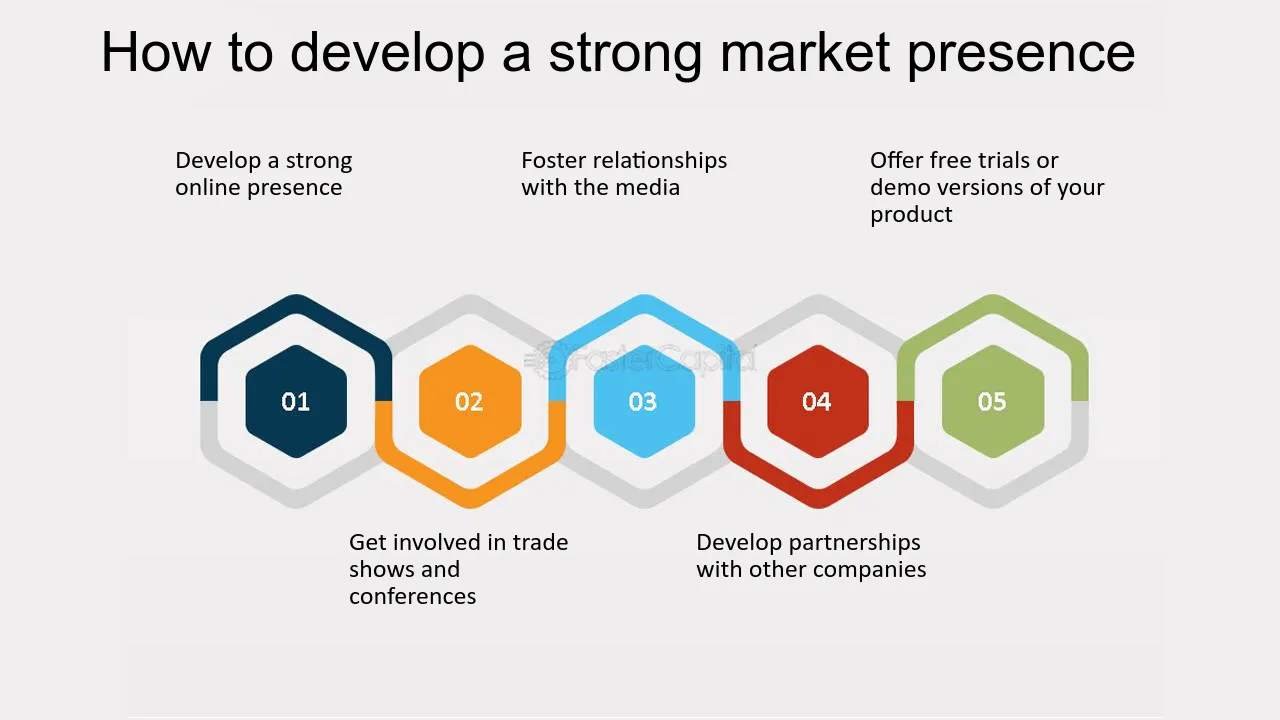Launching a startup in a strong market should be a formula for success. Yet, many promising businesses fail despite high demand, eager customers, and substantial funding. The harsh reality is that market fit alone isn’t enough to guarantee long-term survival. Startups often fall into hidden traps that stifle growth and ultimately lead to failure.
Understanding these pitfalls can help entrepreneurs build a business that doesn’t just start strong but sustains success. This article explores why even startups with a strong market presence fail and how founders can avoid common mistakes.
The Most Overlooked Reasons Startups Fail
Weak Business Model Despite Market Demand
A strong market fit may attract interest, but if the business model isn’t solid, success will be short-lived. Some startups rely too heavily on venture capital or assume customer demand will translate directly into revenue. Without a well-defined pricing strategy and clear revenue streams, even the most innovative startups can struggle to survive.
Poor Execution and Operational Inefficiencies
Even with a great idea and market fit, execution matters. Many startups fail due to inefficiencies in operations, supply chain management, and workflow processes. Delays in product development, poor inventory control, or an unstructured team can create chaos, leading to dissatisfied customers and financial losses.
Leadership and Team Conflicts
Strong leadership is essential for any startup’s growth. When founders and executives clash over vision and strategy, it can weaken the foundation of the business. Many startups collapse due to internal disagreements, toxic work cultures, or ineffective management structures that make it impossible to scale effectively.
Ignoring Customer Feedback and Market Shifts
A strong market fit at launch doesn’t mean long-term success is guaranteed. Many startups fail because they stop listening to their customers. Market trends evolve, and failing to adapt can leave businesses behind. Startups that dismiss critical feedback often struggle to retain customers and eventually lose relevance.
Hidden Financial Pitfalls
Burning Through Cash Too Quickly
Many startups secure funding and immediately start spending aggressively. Over-investing in marketing, hiring too fast, or renting expensive office spaces can drain cash reserves. Without careful financial planning, even a startup with a strong market presence can run out of money before reaching profitability.
Underestimating the Cost of Customer Acquisition
Attracting customers in a competitive space can be expensive. Some startups assume their strong market fit will make customer acquisition easy, but paid advertising costs, referral programs, and partnerships can quickly become unsustainable. When customer acquisition costs outweigh customer lifetime value, profitability becomes impossible.
Pricing Strategy Mistakes
Startups often struggle with pricing. Setting prices too low to attract customers can lead to losses, while overpricing can drive potential buyers away. Many startups fail because they don’t test or adjust their pricing strategy to match customer expectations and market conditions.
Growth Challenges That Kill Startups
Scaling Too Soon vs. Scaling Too Late
Finding the right time to scale is critical. Expanding too fast can put a strain on resources, while waiting too long can mean missing market opportunities. Many startups that see initial success rush to expand, only to collapse under the weight of operational inefficiencies.
Over-Reliance on a Single Revenue Stream
A strong market fit in one segment doesn’t mean a business is secure. Relying on a single revenue source leaves startups vulnerable to market changes. Diversifying income streams can help businesses survive downturns and industry shifts.
Operational Bottlenecks That Stall Growth
From supply chain issues to inefficient workflows, operational bottlenecks can cripple a startup’s ability to scale. Startups that fail to streamline processes and manage logistics effectively often struggle to meet growing customer demand.
The Role of Competition in Startup Failure
Underestimating Direct and Indirect Competitors
Many startups focus too much on direct competitors and ignore the broader landscape. Indirect competition—companies offering alternative solutions—can be just as threatening. A business with a strong market fit must continuously innovate to stay ahead.
Failing to Differentiate in a Crowded Market
Being part of a strong market is a double-edged sword. While demand exists, competition is fierce. Startups that fail to establish a unique value proposition often struggle to stand out. Having a distinct brand identity and clear competitive advantage is essential for long-term success.
External Factors That Startups Can’t Control
Economic Downturns and Funding Shortages
Market conditions can change suddenly. Economic recessions, shifts in investor sentiment, or global crises can impact even the most promising startups. Businesses that rely too much on external funding without a sustainable model risk shutting down when capital becomes scarce.
Regulatory and Legal Challenges
Many startups fail due to unforeseen legal issues. From data privacy laws to industry regulations, compliance failures can lead to lawsuits, fines, or even shutdowns. Ignoring legal requirements can be a costly mistake for any growing business.
Lessons from Failed Startups
Key Takeaways from Startups That Didn’t Make It
- A strong market fit isn’t enough—startups need a solid business model and financial discipline.
- Execution is key; poor leadership and inefficiencies can destroy even great ideas.
- Staying adaptable and responsive to customer needs is essential for long-term survival.
- Startups must plan for financial sustainability, not just initial growth.
- Competition and external risks should always be factored into business planning.
How to Avoid These Pitfalls in Your Startup
- Build a business model with multiple revenue streams.
- Focus on efficient operations and scalable processes.
- Invest in leadership development and strong team dynamics.
- Keep a close eye on customer feedback and market trends.
- Manage finances carefully and avoid unnecessary spending.
- Stay ahead of competition by continuously innovating and differentiating.
Conclusion
A strong market fit gives startups an advantage, but it isn’t a guarantee of success. Many businesses fail because they overlook critical factors such as financial management, leadership conflicts, operational inefficiencies, and competition. By understanding these hidden traps and taking proactive steps, startups can build a foundation for sustainable growth and long-term success.



